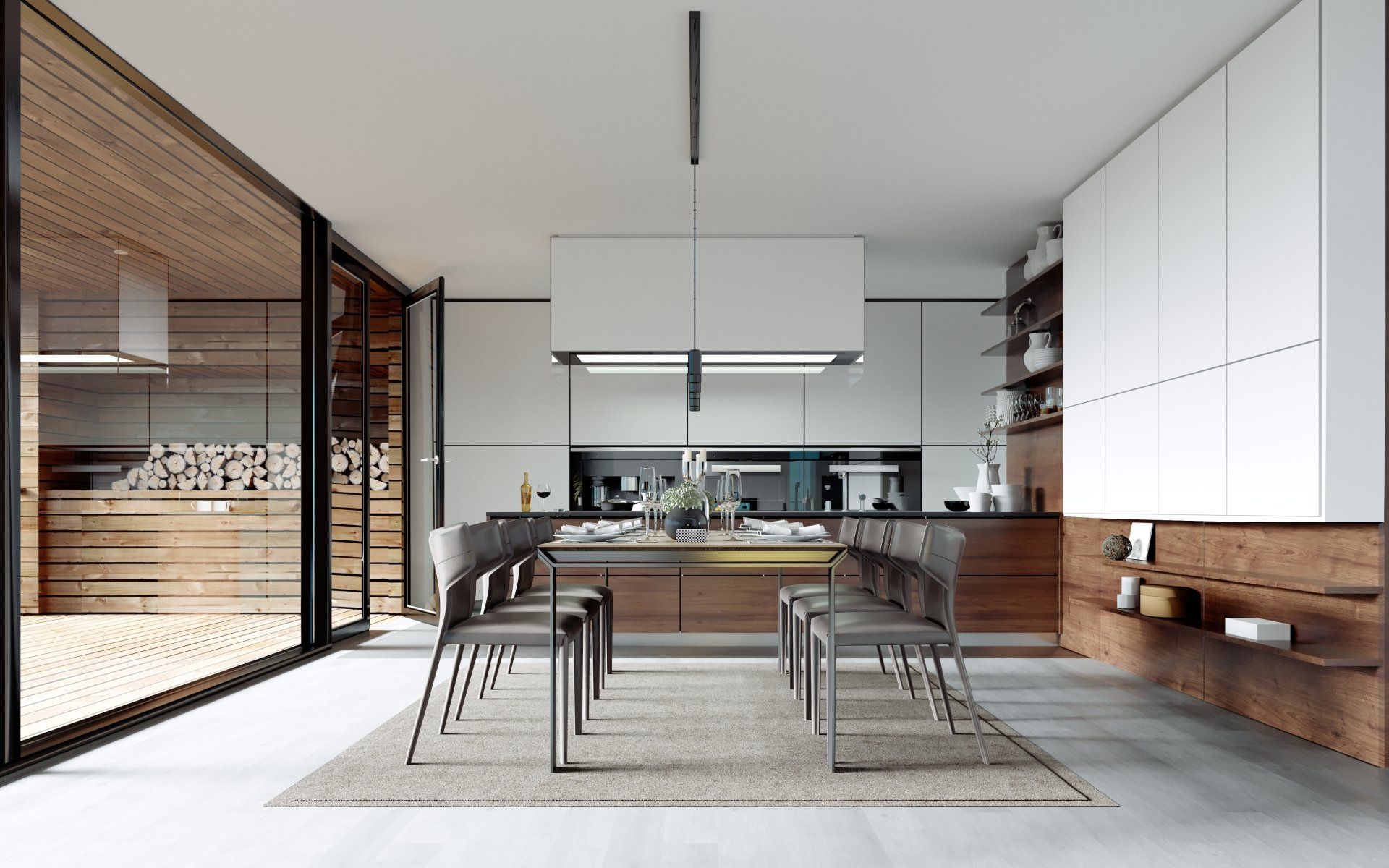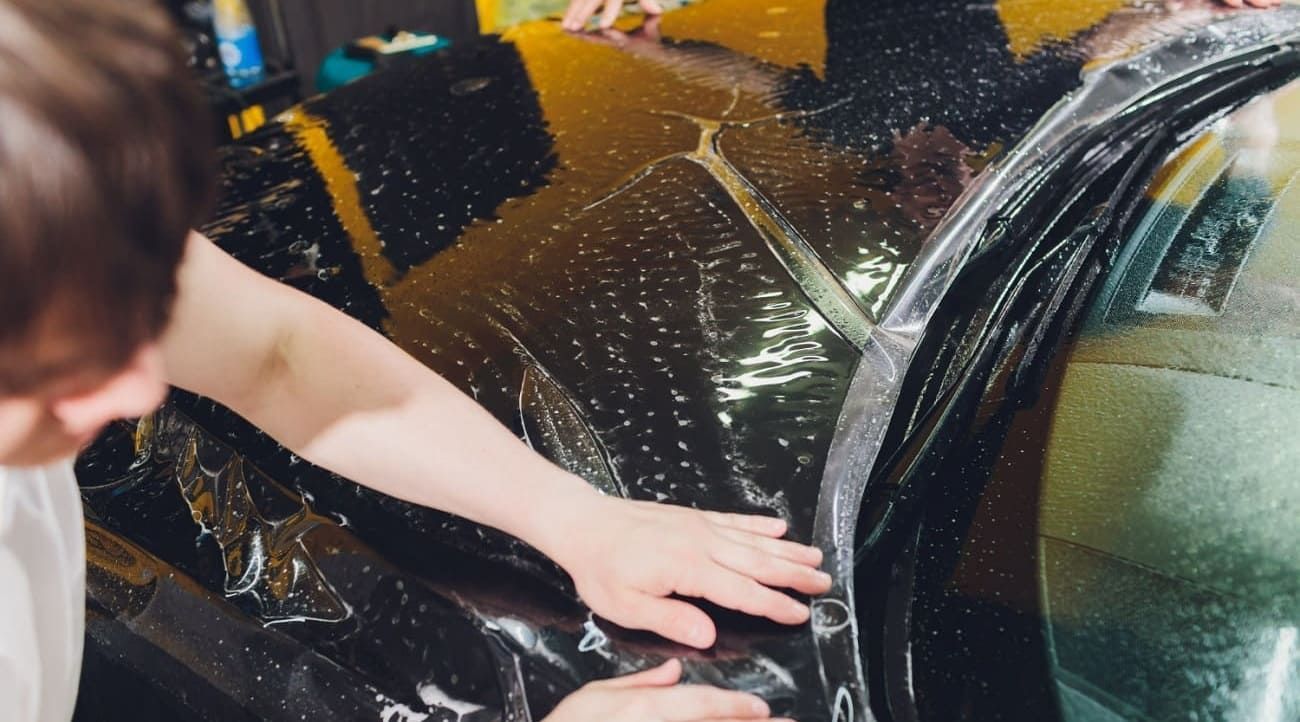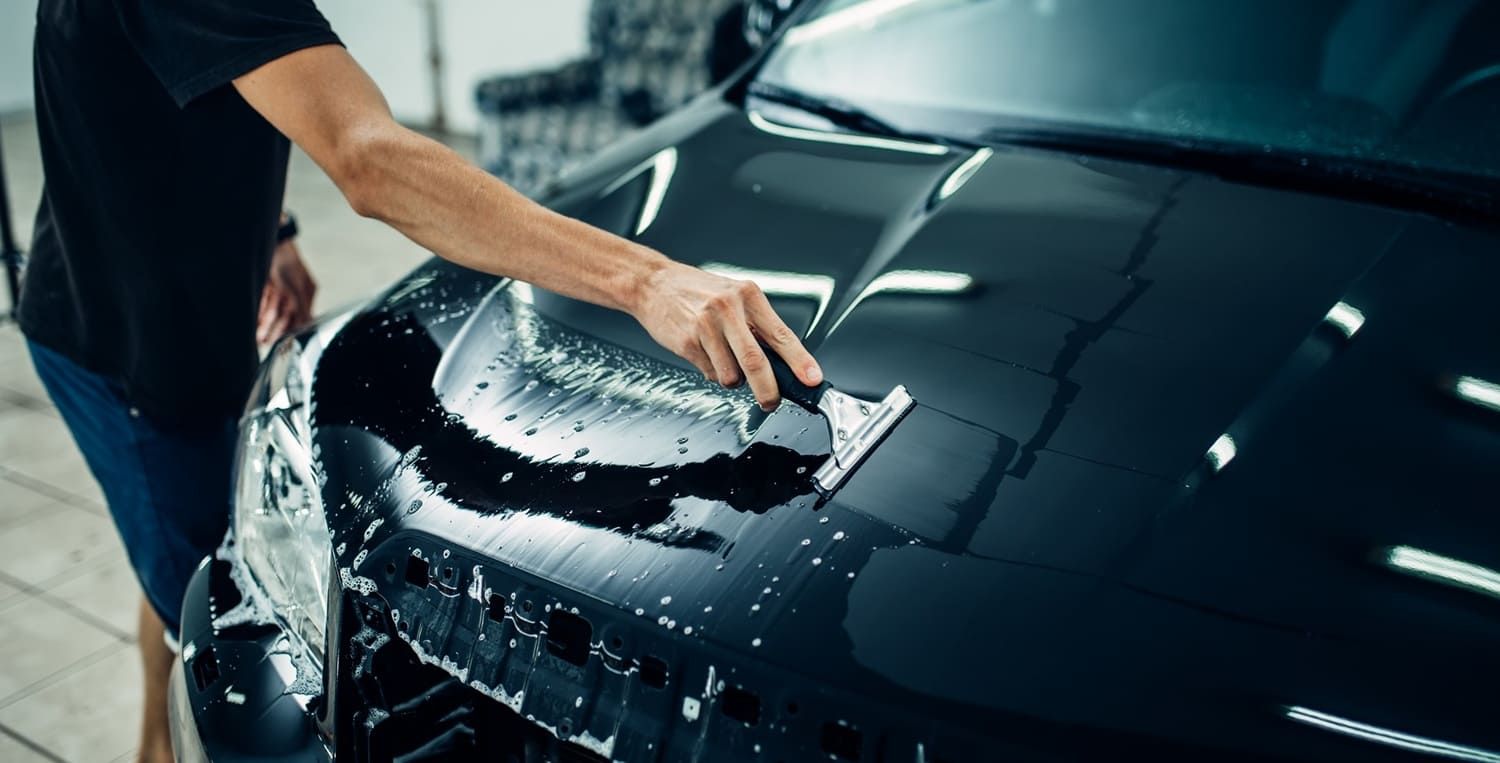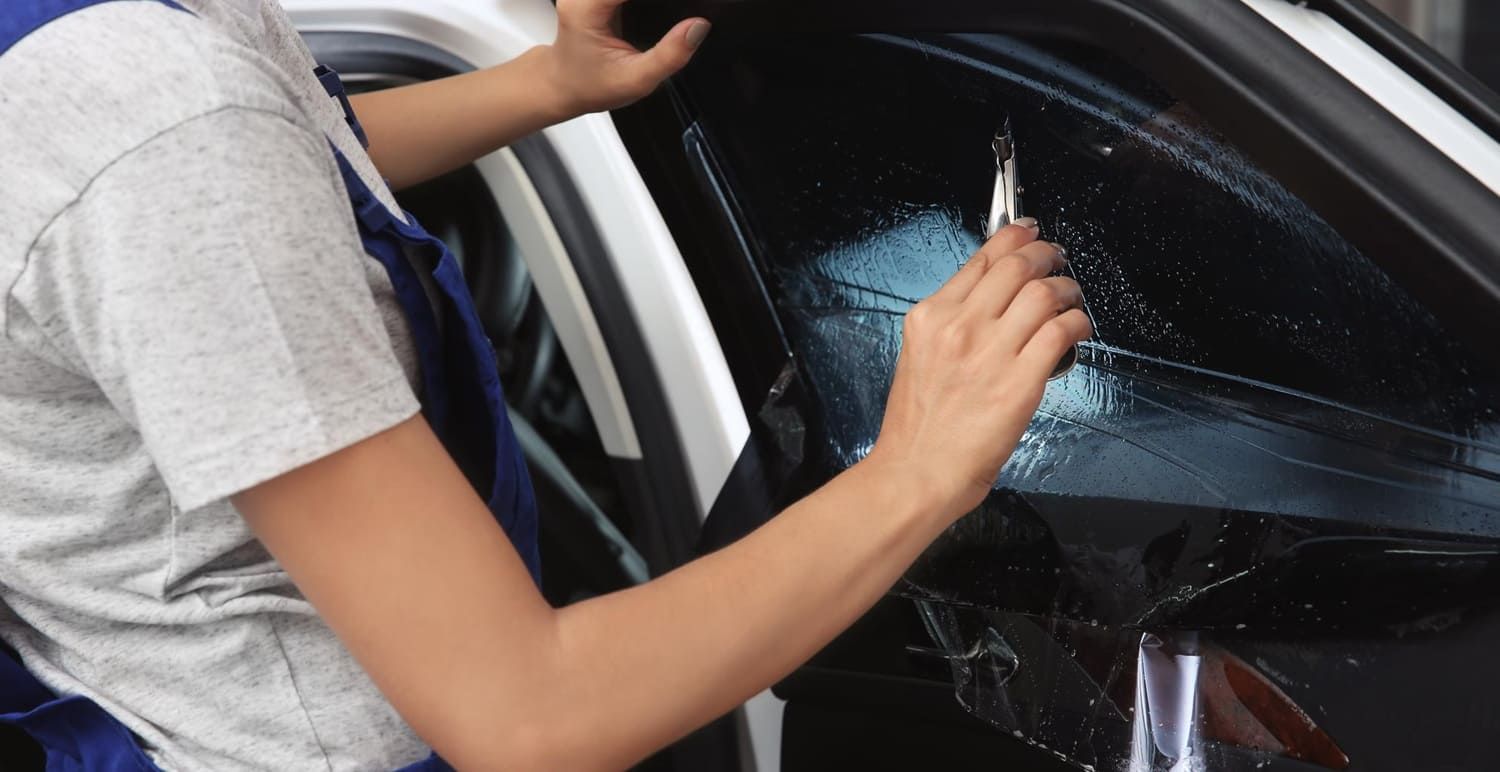How Do You Install a Tinted Home Window?
Tinted home windows can help save money on energy bills and also control your home's look. How do you install a tinted home window, though? Learn here.

It is estimated that 25% to 30% of a home's cooling and heating energy are lost through inadequate windows. One way to counter this when on a budget is by installing window film. But did you know how easy it is to lower costs even further and do it yourself?
All you need is a helping hand and basic tools. Read on as we discuss how to install a tinted home window.
How to Install Window Film
The key to getting window tint installation correct is patience. When you try to rush and cut corners, then you will make mistakes.
You will end up with a finish that will look unprepared, and you may have to repurchase your film and do the whole thing again.
Cleaning
Your first step is to thoroughly clean the window. Do this before anything else, even before taking out your film.
Should you place the film over dust, streaks and fingerprints will show through. Dirt will also cause bumps and bobbles on the surface of the film itself.
A simple solution of soap and water will do. Make sure you use a sponge or anything that will not leave a lint on the windows. Do this on a calm day, so dirt is not blowing onto the clean surface, and ensure you have let it dry before applying your film.
Measuring and Cutting
Get a tape measure and measure the length and height of the windows. Do it once more to ensure you have the measurements correct. Add an extra inch to your findings, so you have a little overlap to account for discrepancies.
Gently cut the film with scissors. Don't remove it from the film backing yet. Hold it against the windows to check it has the right dimensions for use.
Peel off the Backing
Always do this with an assistant. If not, you may find the film sticks to anything and everything, including itself. As it is so light, any breezes or drafts will pull it out of your control.
One person should hold the film taught while the other peels the backing off. Try to do this in a sheltered area where dust and dirt particles in the air will not stick to the film.
Attaching
This is where patience and perseverance really come into play. Adhesives for tinting home windows are usually activated with water, but read the manufacturer's instructions fully.
For most applications, you will need water in a spray bottle. Apply a mist to the windows itself then the back of the film. Very carefully lay the film on the window, avoiding any crinkles, wrinkles, and large bubbles.
Cleaning Up
No DIY window tint installation will be perfect, but there are ways you can tidy up the tint and make it look professional. The first is to remove any bubbles that have occurred. Simply use a squeegee or your hand to push any air and water bubbles to the edge of the window.
When the air bubbles are removed, you just have to take off the extra inch of film you added to the measurements. Do this with a sharp knife, being sure not to damage the seals or sills of the window. Once you pull away from the excess, you should have a professional-looking window tint.
Popular Types of Window Film
As well as applying the film, you should give careful consideration to the type you choose. Some can have universal benefits, while others can concentrate on one specific area.
Speak with an expert about your most desirable factors and they will suggest a film for you.
Glare Control
Glare control film will prevent the light that reflects from television and computer screens. For this reason, it is very popular in home offices, where natural light is vital but can cause issues. As well as reducing glare, they will bring the heat down and shield from UV rays.
When you have glare control film, where you apply, it is important. If you have single-pane windows, then they should be applied to the inside. Double-glazed windows should have film placed on the outside.
Heat Control Window Film
Tinting home windows with a heat control film is a low-cost way to improve your energy efficiency. This film will reflect heat caused by the sun, reducing the need to cool as much. When your HVAC system runs less, then your energy consumption falls.
Some of these can also reduce heat loss in winter, meaning your home will also keep heat in, and you save money on HVAC bills yet again. By blocking around 99% of UV light caused by the sun, furnishings and fittings will also have less fade and discoloration.
Privacy Window Film
Privacy window film blocks the view into your home. It is useful if your windows are near a walkway or main road. Many of them will also provide protection from UV rays.
There is a wide range of types available. Mirrored films will provide effective privacy during the day. Translucent ones often have a frosted look and will allow light to pass through and obscure the view behind them.
If you choose mirrored and blackout films, you will also benefit from limiting the sun's heat. Once again, it is best to speak to an expert about your needs and see what they suggest.
Finding Tinted Home Window Film
Now you know how to install tinted home window film; you just need to buy the right type. Speak with an expert to discuss your needs.
If you don't feel confident installing them yourself, they may do it for you for a nominal fee.
Your first stop should be
Maximum shade tinting. We are Buford & Braselton's best window tinting company for your commercial and automotive needs. Contact us here to discuss your desired film.














